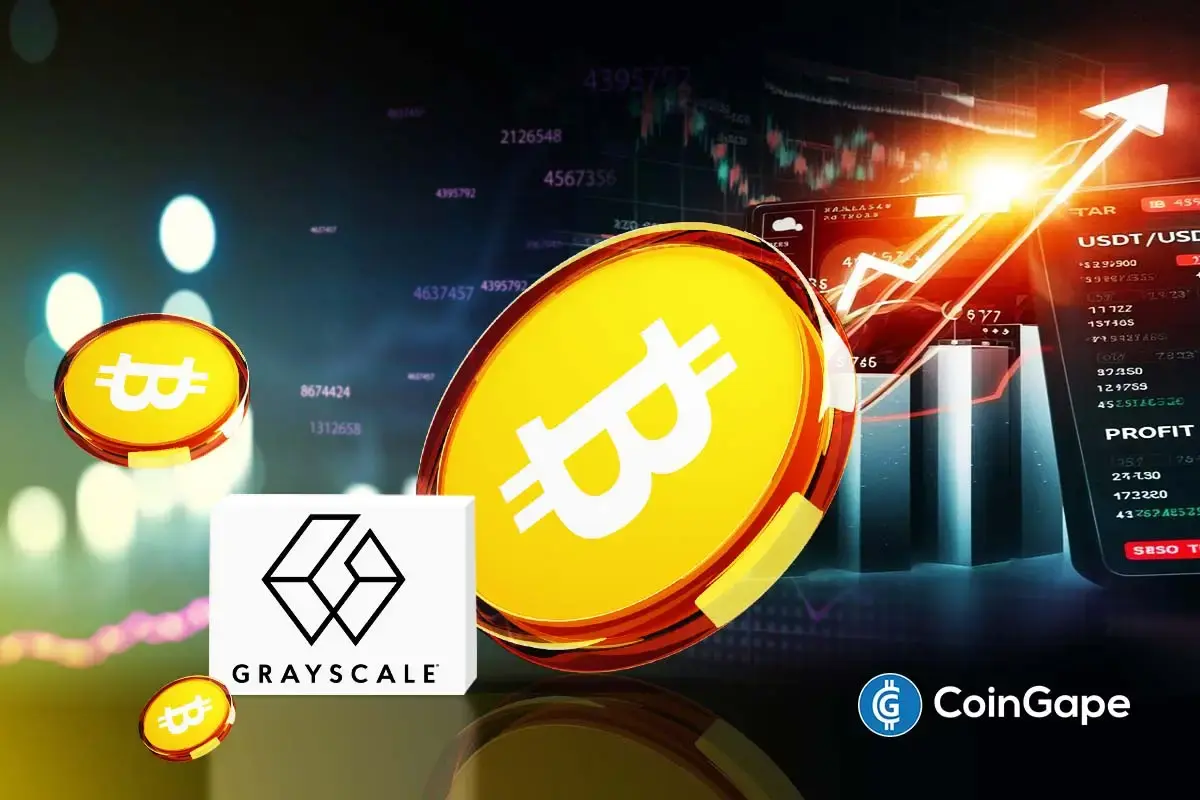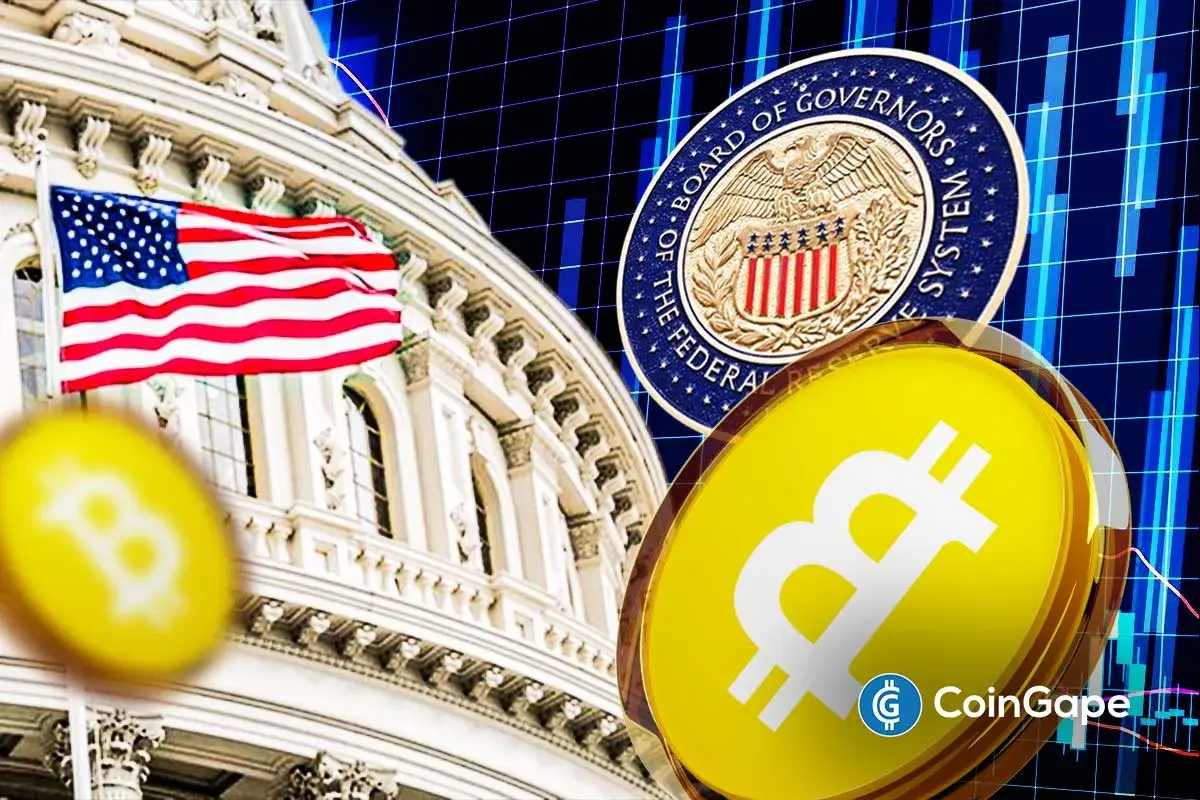Bolivia Turns To Bitcoin And Crypto As Safety Net Amid Inflation Woes

Highlights
- Crypto transactions in Bolivia surged over 630% in around a year.
- Locals are reportedly turning to Binance and USDT to hedge against the Bolivian Boliviano.
- Inflation in the country is on the rise, reaching a 40-year high.
Crypto adoption in Bolivia is taking off at a massive pace, as the country battles with rising inflation, which has led to the Boliviano’s depreciation. Locals have transacted more in crypto over the last year as they seek a hedge against this rising inflation.
Crypto Transactions in Bolivia Surge Over 630%
A Central Bank of Bolivia report noted that crypto transactions rose from $46.5 million in the first half of 2024 to $294 million in the same period of 2025, representing a more than 630% growth. This comes after the government lifted the ban on Electronic Payment Channels and Instruments for Virtual Assets (VA) a year ago.

The report further stated that this notable performance demonstrates the widespread use of digital assets in the country. The Central Bank also admitted that these transactions have enabled small business owners and families to easily make transactions in foreign currencies.
CoinGape had earlier reported the massive USDT adoption in Bolivia, with store owners now pricing their goods in dollars instead of the Bolivian Boliviano. This comes amid the depreciation of the country’s currency and rising inflation.
Alluding to the Central Bank’s report, a Reuters report revealed that more Bolivians are now turning to crypto exchanges like Binance and stablecoins like Tether’s USDT to hedge against the depreciation of the local boliviano currency.
How Bolivians Are Embracing Bitcoin And Crypto
Besides using Bitcoin and stablecoins as a hedge against inflation, Bolivia is also embracing Bitcoin and crypto for daily transactions. Another Reuters report revealed that the presence of ATMs, which let shoppers swap coins for cryptocurrency.
Furthermore, some beauty salons reportedly offer discounts when customers pay with Bitcoin. Meanwhile, locals use their accounts on the top crypto exchange Binance to buy meals.
Bitcoin and other crypto assets are likely to continue to serve as a safety net for these locals as Bolivia faces a rising economic crisis. The country’s inflation is at a 40-year high. Annual inflation reached 18.46% in May.
The dollar reserves are also near zero, which has contributed to the instability of the Boliviano. The currency has lost half of its value this year. This has led locals to dollar-pegged stablecoins like USDT as a hedge.
However, according to Reuters, while crypto advocates push for Bitcoin and other digital assets as the solution to Bolivia’s economic woes, economists in the country have warned of the risks that come with crypto assets.
Former Central Bank Head Jose Gabriel Espinoza remarked that the surge in crypto transactions isn’t a sign of stability but more of a reflection “of the deteriorating purchasing power of households.”
- “Forget the 4-Year Cycle” Grayscale Says, Projects 2026 as Bitcoin’s Breakout Year
- US FED Injects $13.5B in Liquidity Overnight as QT Ends, Bitcoin & MSTR Stock React
- Trump-Backed Alt5 Sigma Under Fire for Possible SEC Rule Violations, New Report Reveals
- Just-In: Spot Solana ETF Records Largest Outflow While XRP ETFs Nets $90M
- Breaking: U.S. FDIC to Release First Stablecoin Guidelines Under GENIUS Act this Month
- Ethereum Price Prediction: ETF Outflows Hit $79M as Institutional Accumulation Surges
- Pump Coin Price Soars as New Whale Accumulates $23.5M Amid Market Dip
- XRP Price Prediction as Ripple Gets MAS Licence in Singapore
- Ethereum Price Crashes Below $3,000 as $500M Longs Liquidated: What’s Next?
- Pi Network Price Prediction Ahead of December’s 190M Scheduled Unlock
- Dogecoin Price Below $0.15 as Crypto Market Crashes: Will $0.10 Hold?

















